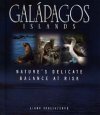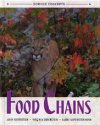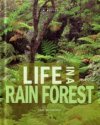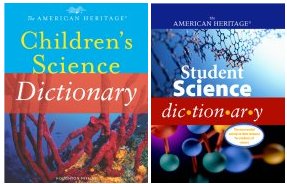Alien Invasions Additional Information
Share this:
- Share via email (Opens in new window) Email
- Click to share on Facebook (Opens in new window) Facebook
- Click to share on X (Opens in new window) X
- Click to share on Pinterest (Opens in new window) Pinterest
- Click to share on Reddit (Opens in new window) Reddit
- Share to Google Classroom (Opens in new window) Google Classroom
- Click to print (Opens in new window) Print
Information about invasive species can be found at www.invasivespecies.gov/(National Invasive Species Council).
Raloff, Janet. 2003. Munching along. Science News 164(Nov. 29):344-346. Available at http://www.sciencenews.org/articles/20031129/bob9.asp.
McDonagh, Sorcha. 2004. Gooey secrets of mussel power. Science News for Kids (Jan. 21). Available at http://www.sciencenewsforkids.org/articles/20040121/Note2.asp.
For an activity at Science News for Kids involving invasive species, see http://www.sciencenewsforkids.org/articles/20040204/SciFiZone.asp.
You can learn more about the National Invasive Aquatic Species Act of 2003 at www.nemw.org/biopollute.htm(Northeast-Midwest Institute).
Books recommended by SearchIt!Science:
 |
Galapagos Islands: Nature’s Delicate Balance at Risk — Linda Tagliaferro
Published by Lerner Publishing, 2001.
Home to rare birds, sea creatures, reptiles, and mammals, the beautiful Galapagos Islands in the Pacific Ocean draw scientists and tourists alike. But the islands’ beauty and biodiversity are threatened by humans and non-native species. With striking color photographs, this book provides an introduction to the Galapagos Islands and discusses what is being done to preserve them. Chapters on the Galapagos giant tortoise, frigate birds, and marine iguanas are included. |
 |
Food Chains — Alvin Silverstein, Virginia Silverstein, Laura Silverstein Nunn
Published by Twenty-First Century Books/Millbrook Press, 1998.
“Every organism in a community has a niche,” explains this book on food chains, and there are three types of niches: producers, consumers, and decomposers. Producers, a category that most plants fall into, are organisms that provide food for other members of the community; while consumers eat other organisms, and decomposers get rid of the dead organisms. Explore these complex relationships in this book, which includes color photos and clear diagrams to help illustrate concepts such as the energy flow through food chains, the web of life, and food energy in pyramids. Also, learn about biogeochemical cycles, such as the oxygen cycle or the phosphorus cycle, and discover what happens when a foreign species invades a food chain. Finally, find out how human pollution may impact the species on the top of the food chain the most—us. |
 |
Life in a Rain Forest — Anne Welsbacher
Published by Lerner Publishing, 2003.
Come visit the lush Hawaiian Islands in this book, which explores the rainforest biome by focusing on the Hawaiian rainforest. Learn how life evolved on the islands, and find out what makes the Hawaiian rainforest unique. Full-color photos help to describe the plants and animals of the canopy, the understory, and the groundcover of the rainforest. Special attention is given to the ohia tree, which dominates the forest. Discover how everything in the ecosystem works together to maintain a balance, and find out how humans—especially European settlers—have disturbed the balance. |
Power Words
species One of the major groups in the classification of living things. A species is below a genus. Only organisms that belong to the same species are able to breed with each other.
Copyright © 2002, 2003 Houghton-Mifflin Company. All rights reserved. Used with permission.
